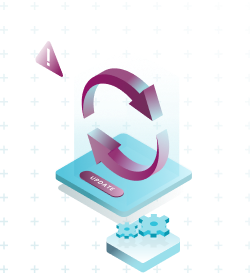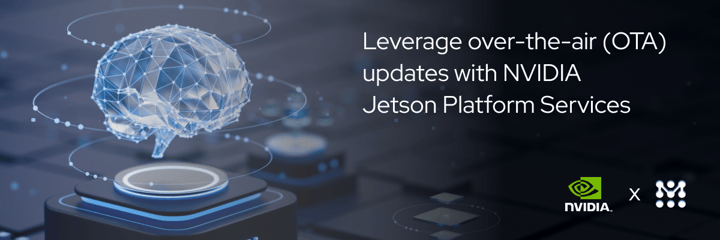Beaglebone and Raspberry Pi: a general comparison
Beaglebone has a key strength over Raspberry Pi and that is the larger number of input and output ports on the board. Beaglebone has 96 ports compared to 40 with the Raspberry Pi. The Beaglebone also features analogue inputs, important for directly connecting analogue sensors whereas Raspberry has digital inputs only. The BeagleBone features impressive Input/Output capabilities: the board has a digital I/O pin with 8 different modes of operation, including GPIO (General Purpose Input/Output): 65 digital I/O; 8 PWMs and 4 clock signals; 7 analogue inputs (1.8V); 4 UART; 2 I2C ports and 2 SPI ports.
Better total cost of ownership from Beaglebone
Beaglebone is slightly more expensive per unit than the Raspberry Pi but may be less expensive overall in a custom IoT project. The cost per board of a Beaglebone is something to order of $60 USD compared to $40 USD per board. Both boards are most suitable for prototyping. But in an IoT project where there is movement from a proof of concept to mass scale production, it’s likely the board will be customized, by stripping out all the components that are not needed for the project. This customisation helps to optimise the costs. So for example, if you have 500,000 units that are required for an IoT project at scale, then in terms of designing the custom board and manufacturing, this will end up being more expensive than just considering a straight cost comparison between Beaglebone Black and Raspberry Pi out of the box. But in the event that you are using a lot of sensors and peripherals in your IoT project, then Beaglebone will likely be less expensive. As it has additional ports, whereas with Raspberry Pi, you will have to invest in multiplex adapters as there will not be enough ports on the board. This will allow you to connect multiple devices but the costs will mount. Also if you need analogue inputs, you will need analogue to digital converters with the Raspberry Pi.
Onboard storage advantage with Beaglebone
The Beaglebone also has a storage advantage over the Raspberry Pi. But the Beaglebone has 4Gbytes of onboard storage which can be extended with SD cards and 4Gbytes will usually suffice in most IoT use cases. This will be a key cost consideration too. On the other hand, the Raspberry Pi does not come with onboard storage, so you will need to use an SD card with the board.
Less computing power in a Beaglebone
From a computing standpoint, the Beaglebone is less powerful than the Raspberry Pi. The Raspberry Pi has a better CPU and more memory on board and this is key with CPU intensive applications. Raspberry Pi can be used as a single board computer with Ubuntu and this would be good for graphics processing with a better user experience. Beaglebone is less powerful but will suffice to run most IoT applications.
Keep reading
other articles on Beaglebone in an IoT project:
Related articles
Over-the-air update strategies for Raspberry Pi-based embedded systems
Over-the-Air Updates on Raspberry Pi
How to leverage over-the-air (OTA) updates for NVIDIA Jetson Platform Services
Learn why leading companies choose Mender
Discover how Mender empowers both you and your customers with secure and reliable over-the-air updates for IoT devices. Focus on your product, and benefit from specialized OTA expertise and best practices.



